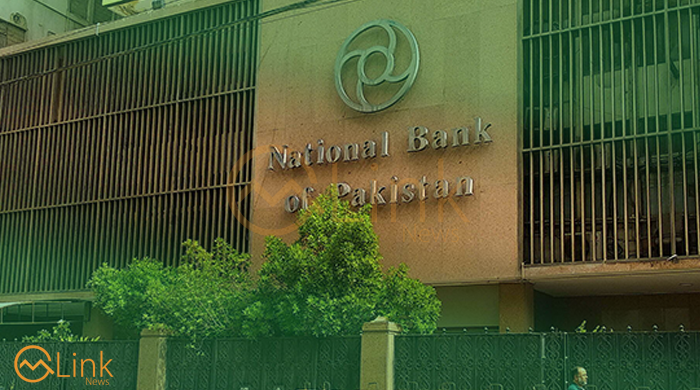By Alizeh Arshad
September 05, 2022: In Pakistan, women are not a minority however, this same fact does not hold true in the workplace. Ranking 153rd out of a total of 156 countries in the global gender gap index of 2021, Pakistan still has a long way to go in terms of achieving equality for the ‘Fairer sex’.
One of the areas with the largest disproportion is the active participation of women in the labor force. At just 22.6% this number is significantly lower than that of other countries in the South Asian region such as Bangladesh or Nepal. Furthermore, only about 4.9% of senior and leadership roles are held by women which further exacerbates the gender disparity in the workplace.
In recent years firms have expressed a growing desire to hire more women to be on their teams and women themselves have expressed an increasing desire to work, however, this has not yet been reflected in the labor market. The root causes of the lack of women in the Pakistani labor market boils down to two core reasons: the lack of education facilities and social norms.
Female literacy rates are an abysmal 46.5% throughout the country, with very few going on to pursue higher education. As a result, they often lack the educational qualifications and skills needed to apply to jobs on a professional level. Furthermore, when hiring, female applicants may be seen as less desirable as the company then has to provide them with maternity leave.
Coupled with the expectation of having children many believe that a woman should also stay at home to then care for and nurture them. This results in the company utilizing resources to find and train a suitable alternative.
An alternative train of thought is that it is not ‘honorable’ for a woman to work outside of her place of residence and many worry about the potential aggression and harassment they may face in the typical office space.
There are difficulties for those who prefer to work from home as before the pandemic working remotely was not as widespread a concept in this country, especially when it comes to the corporate sector. In order to complete the work required even being able to afford necessary tools such as a personal computer or internet are a luxury in a country where 22% of the population lives below the poverty line.
In order to combat this, there must be education and training provided, especially in remote areas so that women are able to develop the knowledge and skills they need to stand out during the hiring process. There must be encouragement on the part of the government so that the importance of education is instilled in the population.
There must also be the hiring of female teachers and the arrangement of transportation so that parents feel safe sending their daughters to school. Scholarships and financial aid (such as the Ehsaas education stipends) may help alleviate those who are burdened financially and provide an incentive to complete their studies. Furthermore, many women who desire to work cannot do so as they do not have access to the internet and are unfamiliar with the job hunting process.
If access to the internet is provided and awareness of sites such as Job Talaash is spread then at least those who seek a job will be able to connect with employers. This is especially beneficial for those who live in more remote areas as they can start small and become a part of the various cottage industries of Pakistan (crafting or sewing) just to get their foot in through the door and decrease the stigma of women working.
Research has shown that greater participation of women in Pakistan could lead to an increase of over 30% in the GDP. If their participation is equal to that of men then this figure can grow to almost double what it is currently. However, this is simply the tip of the iceberg.
More women in the workplace mean more visibility and input for those that are too often treated as ‘second-class’ citizens in this country.
It may be the stepping stone we need to finally come close to achieving complete gender parity in all areas of Pakistan and not just in the workplace, a goal that has seemed very far off since 1947.
*The author is currently pursuing a degree in Economics and Sociology at the University of Edinburgh.
Disclaimer: The opinions in this article are the author’s and do not necessarily represent the views of Mettis Global.
Posted on:2022-09-05T13:28:50+05:00
34942







